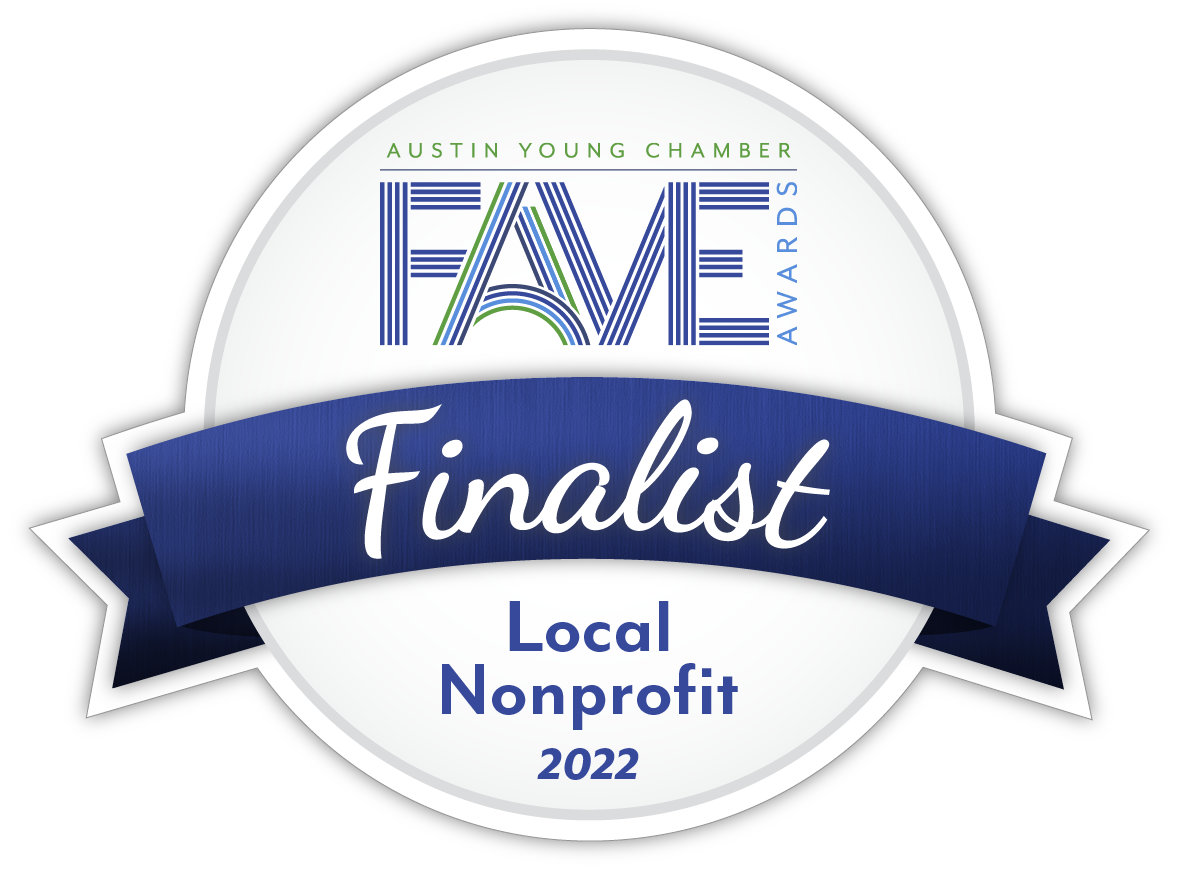 If I had room for just one tree in my yard, I would plant a fig.
If I had room for just one tree in my yard, I would plant a fig.
Why? Figs are beautiful, easy to care for, productive, and can be pruned to fit almost any space. The common fig, Ficus carica, is native to the Middle East, but grows well in Central Texas with minimal care. At maturity, fig trees can grow up to 25 feet tall and wide, but can be pruned into almost any shape or size you desire while still producing a bumper crop of delicious fruit. The large, deeply lobed leaves and smooth muscular bark are unmistakable in the landscape, but the fruit is the main reason I (along with the squirrels and grackles) love them so much. Technically, common figs are not a single fruit, but rather a fleshy stem with a whole lot of tiny flowers inside called a syconium. This fact is significant because it means fig trees (at least the kind we grow here) do not need to be pollinated to bear fruit, can bear two crops in a single year, and will produce fruit on the current season’s growth. Consequently, you can prune fig trees pretty hard each winter to maintain a compact form and still harvest a crop the same year. Left alone, figs will grow into sprawling shade trees perfect for kids to climb in.
Fig trees are easy to propagate.
Unlike most fruit trees, fig trees are not grafted. To grow a new fig tree, all you need to do is find a tree with fruit that you like that bears well in the summer. Remember where it is. In winter, cut off 2-3 small branches, about ½ to 1 inch thick and 12 inches long. Stick the cut end of the branches in a prepared spot in your yard or a pot of good dirt with the bud end pointing up. Keep the cuttings well watered. In the spring, they will leaf out and begin growing. With any luck, at least one cutting will take root and begin growing. You can use rooting hormone on the cut end if you like, but it isn’t necessary. In May or June, you’ll know which one is the strongest. Keep the strongest plant and remove the others. Keep the young fig tree watered for the first year or two and before long you’ll have a new fig tree!
 Greg Mast is TreeFolks’ Community Forester and coordinates the TreeFolks NeighborWoods Program in addition to managing the organization’s GIS and mapping needs for the Bastrop County Community Reforestation Program.
Greg Mast is TreeFolks’ Community Forester and coordinates the TreeFolks NeighborWoods Program in addition to managing the organization’s GIS and mapping needs for the Bastrop County Community Reforestation Program.
Greg has earned a Master of Science in Geography from Texas State University, is an avid home gardener, and speaks fluent German. He lives in Austin, Texas with his wife, their two sons, one dog, and a passel of goats and chickens.
Greg loves trees. Especially, fig trees.

